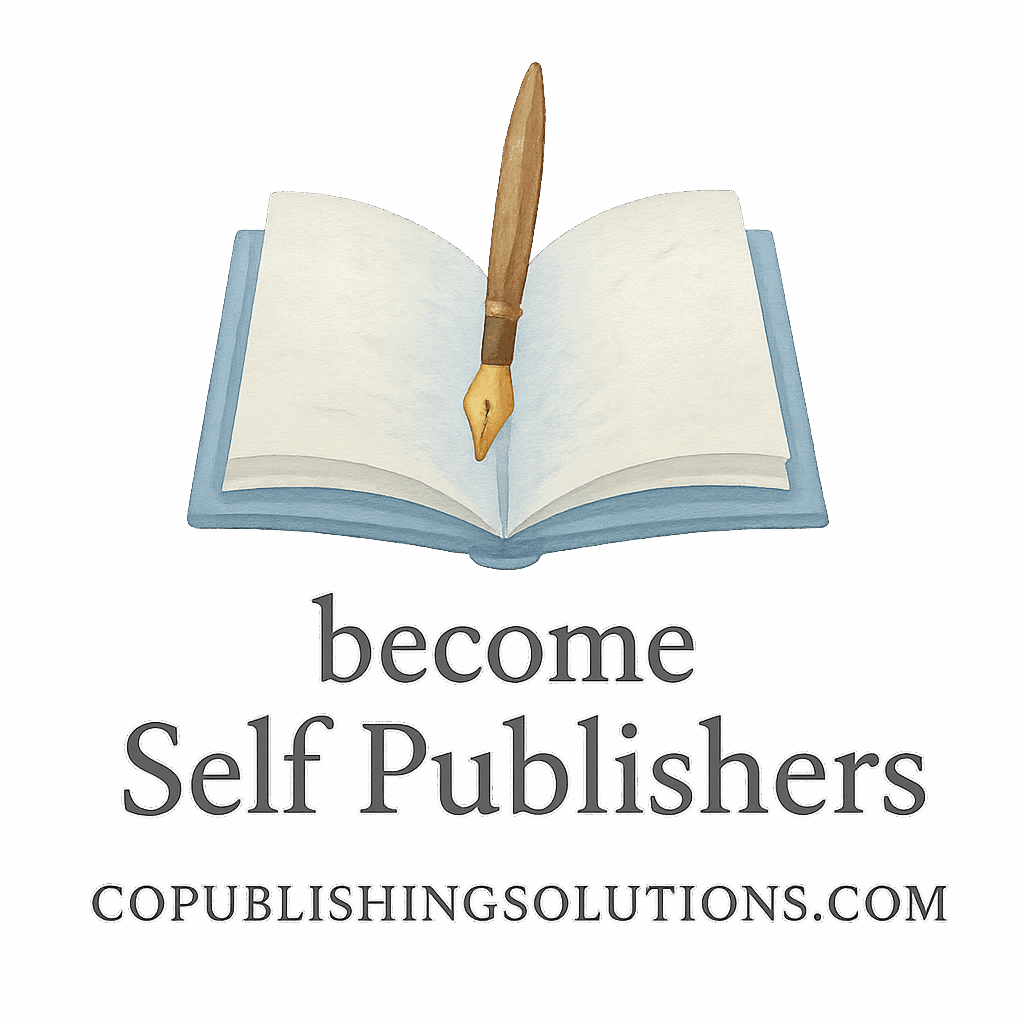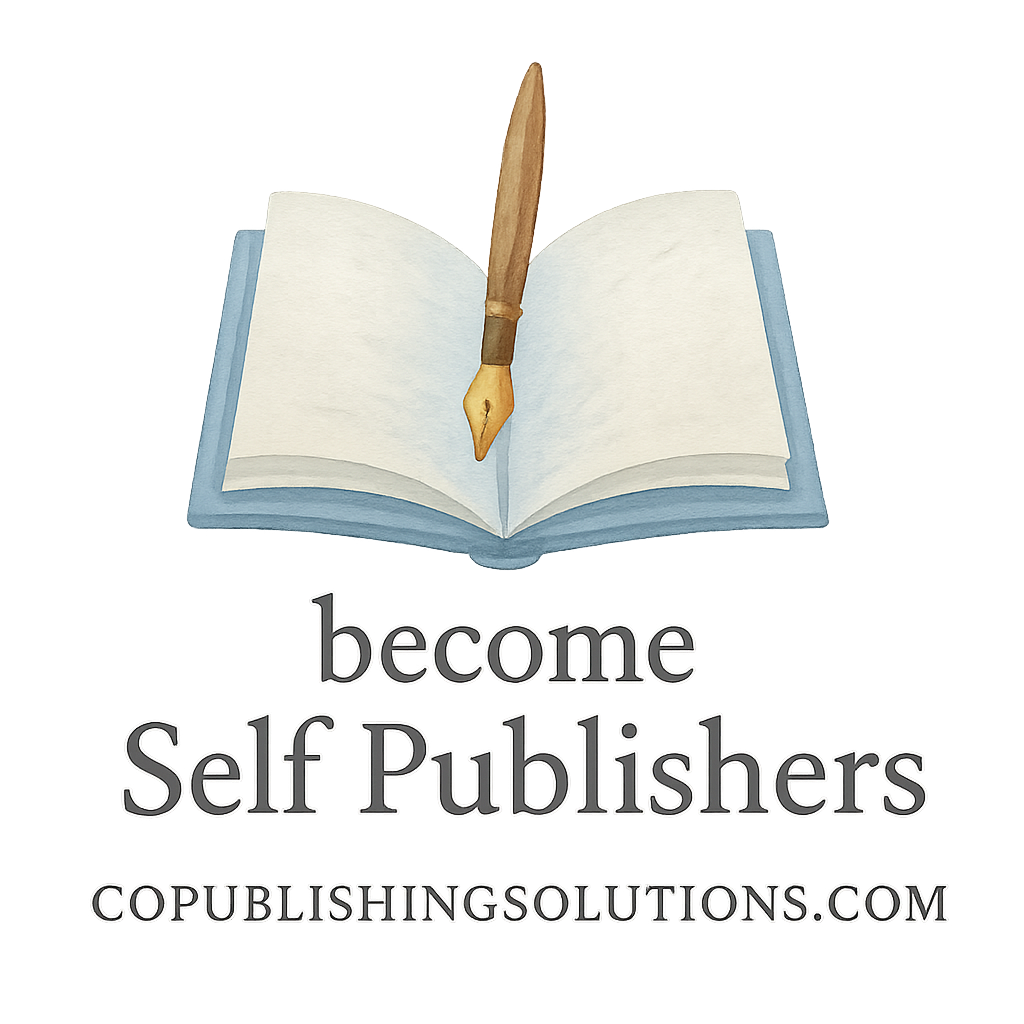So you’ve written your masterpiece. Now comes the million-dollar question: how do you price your self-publishing book profitably without scaring away readers or selling yourself short?
If you’re scratching your head, don’t worry — you’re not alone. Pricing is one of the most overlooked yet most important steps in the self-publishing process. Let’s break it down and give your book the price tag it deserves.
Why Pricing Your Self-Published Book Matters
Your book’s price isn’t just a number — it’s a message. It tells readers what your book is worth, how it compares to others, and whether it’s a risk worth taking. Price it too low, and people might assume it’s low quality. Too high? You risk scaring off curious readers.
And if you’re looking to make consistent income from your books, understanding how to price your self-publishing book is absolutely critical.
Understanding the Basics of Self-Publishing Income
Before we dive into pricing strategies, let’s get real about how money flows in the self-publishing world.
What Affects Book Pricing in the Self-Publishing World?
- Royalties (Amazon KDP, IngramSpark, etc.)
- Production costs (editing, cover design, formatting)
- Market demand
- Competition
- Format (ebook, paperback, audiobook)
Your pricing model needs to cover these while also remaining competitive — and appealing.
For deeper insights, check out Self-Publishing Basics to understand the full scope of publishing for profit.
Way #1: Analyze Your Target Audience
If you don’t know who you’re writing for, you can’t price your book for them.
Who Are You Writing For?
Is your audience:
- Bargain-hunting fiction fans?
- Business professionals who see your book as an investment?
- Beginners looking for quick answers?
Understanding their budget expectations is step one.
Fiction vs Non-Fiction Pricing
Generally, non-fiction books can command higher prices — especially if they offer actionable advice or specialized knowledge.
Explore more about content positioning in our guide on Publishing Content Strategy.
Way #2: Study the Competition in Your Genre
Your book doesn’t exist in a vacuum. It lives on a crowded digital shelf.
Competitive Research = Smarter Pricing
Look at top 10 books in your niche on Amazon. What are their prices? How does your content compare in quality and depth?
Use Tools to Compare Pricing
Leverage platforms like:
- KDP Rocket
- BookBeam
- Publisher Rocket
These tools help you understand how others price their self-publishing books, giving you a smart benchmark.
Way #3: Choose the Right Format and Pricing Model
The format of your book plays a massive role in how you should price it.
Paperback, Hardcover, or eBook?
Each format has different production costs and market expectations.
- eBooks: Usually $2.99–$9.99
- Paperbacks: $9.99–$19.99
- Hardcovers: $14.99–$29.99
Pricing Tactics for Different Formats
Offer your ebook at a lower price to attract readers, then upsell the paperback to serious buyers. Want to know which platforms support this approach? Read our Publishing Tools & Platforms guide.

Way #4: Factor in Royalties and Publishing Costs
Let’s not forget — you’re not just pricing for readers. You’re pricing for profit.
Understand the Self-Publishing Platforms
Different platforms offer different royalty rates:
- Amazon KDP: 35% or 70% depending on price
- IngramSpark: Around 45% after distribution costs
Amazon KDP vs Other Options
With KDP, if you price your ebook between $2.99–$9.99, you get 70% royalties. Price it outside that range? You’re down to 35%.
Don’t forget about editing, cover design, formatting. Need help with that? Explore our article on Formatting and Book Design.
Way #5: Experiment With Introductory Pricing
Here’s a little trick to boost early momentum — temporary discounts.
Launch Strategies That Boost Sales
Try pricing your ebook at $0.99 during launch week to get reviews and boost your Amazon rankings. Then, gradually raise the price to a sustainable level.
This method is ideal for authors just starting out. If that’s you, check out our Beginner Guide.
Way #6: Use Psychological Pricing Tricks
We all know $4.99 sounds way better than $5.00 — but why?
Why $2.99 Works Better Than $3.00
It’s all about perceived value. The human brain associates .99 endings with better deals.
Perceived Value Matters
Also, avoid pricing your ebook lower than $2.99 unless you have a strategy. Going too low can make your work look “cheap.” If you want to dive into strategies to earn more, explore Marketing and Monetization tactics.
Way #7: Bundle and Upsell for Maximum Profit
Want to maximize every customer?
Offer More Value, Earn More Income
Create bundles — trilogies, series, or guides — that offer a deal. Instead of $5/book, offer 3 books for $12.
Creating Book Series or Bundled Products
Not only does this increase perceived value, but it also leads to higher customer lifetime value. If you’re thinking about co-writing bundles, visit our Co-Authoring section.
Common Pricing Mistakes to Avoid
Don’t Undervalue Your Work
Imposter syndrome is real. But just because you’re a new author doesn’t mean your work isn’t worth $9.99 or more.
Avoid Constantly Changing Prices
Yes, test your pricing. But don’t become unpredictable. It confuses readers and hurts your brand.
Tools and Platforms to Support Smart Pricing
Recommended Tools and Features
- Amazon KDP Pricing Tool
- IngramSpark Calculator
- Book pricing spreadsheets
Where to Learn More About Pricing and Monetization
Want a deeper dive into long-term strategy? Head over to our Advanced Publishing Growth page and check out Passive Income strategies for authors.
Conclusion: Find Your Sweet Spot for Profit
The perfect price is out there — you just have to find it.
It’s a balancing act between value, competition, format, and your income goals. Use the strategies above to confidently price your self-publishing book in a way that supports your business and attracts loyal readers.
And don’t forget — pricing isn’t permanent. You can always adjust based on feedback, sales trends, and new goals.
For more insights and personalized guidance, explore our full resource hub at CoPublishing Solutions.
FAQs
1. What’s the best price for a self-published ebook?
Most authors find success pricing between $2.99 and $4.99 to stay within Amazon’s 70% royalty range.
2. Should I price my first book low to attract readers?
Yes, launching at $0.99 or $1.99 can help you get reviews fast. Just remember to increase it later.
3. How often should I change my book price?
Only change prices during strategic events like launches or promotions. Avoid random shifts.
4. Can I make a living with self-publishing income?
Absolutely — many authors do. Focus on quality content, smart pricing, and effective marketing. Learn more in our Income section.
5. Is bundling books a good strategy?
Yes, it increases value and often leads to higher total purchases.
6. Should I use $0.99 or free promotions?
Yes — during launch periods. But use sparingly to avoid devaluing your work.
7. What tools can help me price effectively?
Try KDP Rocket, Publisher Rocket, and the Amazon KDP calculator.


